The History of Concrete

The History of Concrete
From Ancient Times to the 20th Century
Think you know concrete? Think again. We might be familiar with this building material today, but did you know that concrete has been used for hundreds and thousands of years? Read on to see the origins of concrete along with the many ways it has evolved over time.
Early Concrete
Concrete has existed in a variety of forms for thousands of years. One of the earliest examples is a hydraulic limestone cement used by the Nabataean people starting around 700 BCE. In addition to the simple lime mixture, they added a local pozzolan (mixture of silicon and aluminum) material for a waterproof finish. This allowed them to build underground water cisterns, along with other structures that have lasted to the present day. Many cultures were also using cement mortars around the same time. The Egyptians used a gypsum mortar that allowed for precise stone placement in building the pyramids and other structures. An extremely strong cement with glutenous material from rice as a binder was being used in northern China for the construction of walls, tombs, and pagodas.
Roman Concrete
The Greeks were the first in their region to develop hydraulic limestone cement by using reactive pozzolan. However, the material was used minimally until the Romans began building with it around 200 BCE. While similar to modern concrete, it was not pourable and had a consistency like cemented rubble. When building walls, decorative brick cladding acted as a form for stone and cement. For a more durable material, volcanic sands such as pozzolana or harena fossicia would be added to lime and water. The Romans also developed manufactured pozzolans for use as admixtures. This mixture was used in bridges, docks, storm drains, and aqueducts along with larger structures such as the Pantheon and Colosseum. Many Roman concrete structures remain today due to the building material’s high strength and resiliency to natural weather-related degradation. With the fall of the Roman Empire around 476 CE, most of these techniques were lost.
Modern Concrete
Interest in building with concrete was renewed in the 15th century due to the discovery of Roman manuscripts. In 1793, John Smeaton developed a new method for producing hydraulic lime when rebuilding the Eddystone Lighthouse in Cornwall, England. Portland Cement, a major innovation and component of modern concrete, was created in 1824 by Joseph Aspdin. Previously, nearly all concrete utilized cement mixed in nature, so the ability to manufacture Portland Cement allowed for increased use of the material.
For years, concrete was reserved only for industrial applications, but Francois Coignet popularized its use for non-industrial buildings. He also began the practice of reinforcing concrete structures by adding steel rods. In 1884, Ernest L. Ransome patented a system using twisted rods to improve the bond between concrete and steel in reinforced structures. The first known use of precast concrete panels was in 1905. John Alexander Brodie designed housing using prefabricated materials as an affordable solution to shortages. His method would become influential throughout the 20th century.
Pre-stressed concrete was patented in 1928 by Eugene Freyssinet following his design of two parabolic-arched hangars at Orly Airport in Paris. In 1930, a method for air entrainment was developed to prevent freezing, and the risk of deterioration, in concrete pieces. Also beginning in the 1930s, the thin-shell technique was pioneered through the construction of thin, hollow concrete pieces that allowed for a greater variety of shapes to be designed. Thin-shell concrete is often used in roofs, usually taking form as domes, arches, and compound curves.
Concrete of the Future
While cement has been used to create concrete structures that have lasted for centuries, many innovations have occurred to continually improve the quality of concrete. Today, there is a wide range of structural and architectural possibilities that incorporate new technologies and sustainable materials.
There are also major concrete innovations ahead of us. Producers of concrete are finding new ways to make their materials stronger, lighter, and better for the environment. By utilizing new technologies, concrete continues to become better than ever before. At High Concrete Group, we pride ourselves on leading innovation in the world of precast concrete. It is our mission to constantly improve and advance the possibilities of precast in order to create high quality products.
If you are looking to learn about our offerings at High Concrete, schedule a tour of our plant today!
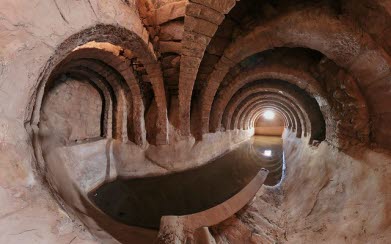
Inside of an underground Nabataean water cistern

Detail of the Colosseum in Rome, Italy
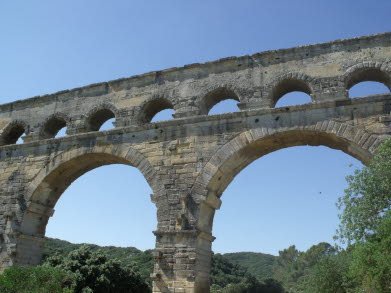
A Roman aqueduct that remains today
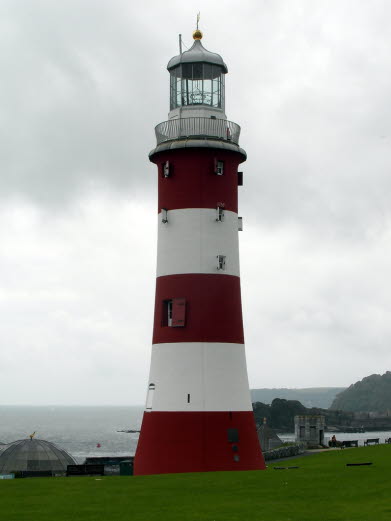
Eddystone Lighthouse as designed by John Smeaton
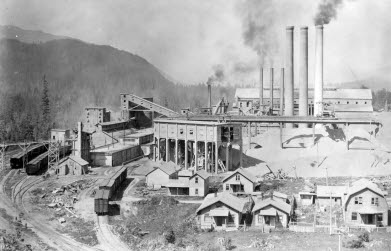
Early 20th century concrete plant
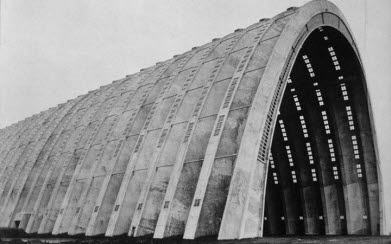
One of the arched hangars at Orly Airport
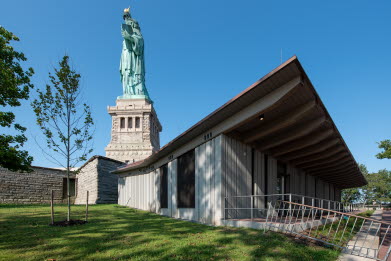
High Concrete precast at the Statue of Liberty Museum
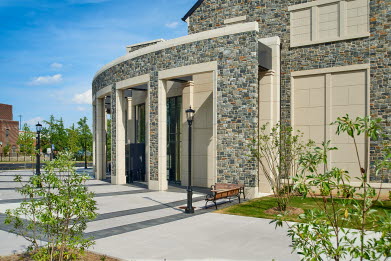
The Villanova Performing Arts Center, featuring High Concrete precast
Reach Out to Our Team

